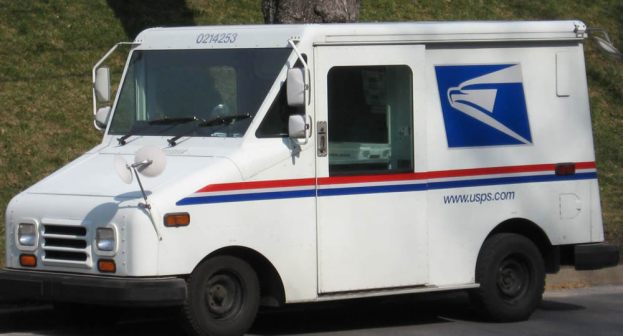
Covered in detail by the Associated Press earlier today, the United States Postal Service announced plans to halt the majority of Saturday mail delivery across the entire country starting August 1, 2013. While continuing to ship and deliver packages on the weekend, items like letters, postcards, flyers and catalogs that arrive at your local post office on Friday will remain stored until the following Monday. However, post office boxes will continue to receive mail on Saturdays and post offices will stay open on Saturday to allow customers to drop off packages as well as standard mail.

After posting nearly sixteen billion in annual losses during November 2012, USPS officials estimate that halting delivery on Saturday will save approximately two billion dollars each year. While holiday shipping during late 2012 provided a 20 percent boost in revenue, the USPS previously stated the organization had enough cash to continue operating through Fall 2013. However, this cost-cutting maneuver could help push the USPS through the 2013 holiday shopping season.
Over the past several years, the USPS has attempted to shift to a five-day schedule, but Congress never approved of the measure. However, the USPS supposedly found a loophole that allows the organization to put the five-day schedule in place without the need for congressional approval. Representatives from Congress and the White House stated that they will be reviewing the shift in policy, but both organizations want the USPS to become more financially secure.

Definitely impacted by the rise in digital communication, the volume of mail moving through the USPS fell by approximately 24 percent over a five year period between 2006 and 2011. This is mostly attributed to the decline in first class mail as well as advertising mail sent through the postal service. As companies have shifted to digital communication like email marketing and paperless billing, the impact on the USPS is clearly negative.
Over a similar five year period, text messages increased from approximately 10 billion sent during 2005 to more than 185 billion messages sent during 2010. The volume of email accounts used by people around the world is expected to reach four billion by 2015. As these forms of digital communication become increasingly prevalent within the United States, it’s unlikely that the postal service will need to continue to deliver mail on the newly proposed five-day schedule. Over the next ten years, it’s possible that the USPS could shift to an even shorter four or three-day delivery schedule for standard mail as more people embrace computers and mobile devices for communication.


